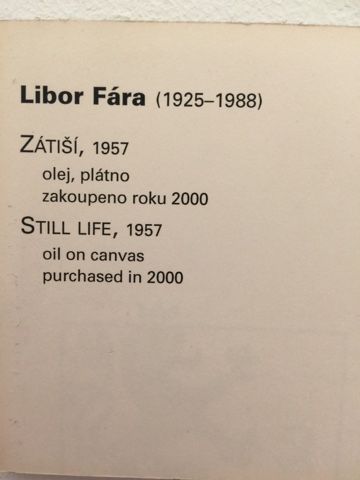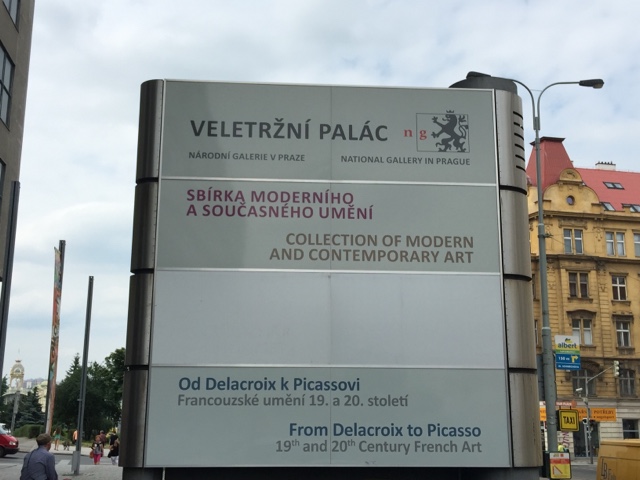Time to confront Croatia’s hidden Holocaust
Ultimately, the Ustashe murdered more than 30,000 Jews, or 75 percent of the country’s prewar Jewish community.
The move will mark the culmination of a grueling decade long process, one in which the former Yugoslav republic had to implement widespread changes in a number of fields – ranging from intellectual property law to the free movement of capital – to bring itself in line with accepted EU practice.
But however much the Balkan state may have tweaked its legal system and upgraded its food safety and environmental protection standards, there is one thing Croatia has demonstrably failed to do: come to terms with its disgraceful record of mass murder during World War II.
Most of us are aware of camps such as Birkenau, Dachau, Treblinka and Bergen-Belsen, where the Germans and their henchmen systematically slaughtered millions of innocents.
But how many of us have heard of Jasenovac or the horrors that were perpetrated there by Croatian fascists? Known as “the Auschwitz of the Balkans,” it was the largest of a network of camps established by the independent state of Croatia, which the Nazis set up on April 10, 1941.
Hitler assigned the task of ruling Croatia to Ante Pavelic, head of the fascist Ustashe movement, which vowed to rid the country of Serbs, Jews and other minorities.
Following in the Germans’ footsteps, Pavelic passed racial laws against the Jews, imposed restrictions on their freedom of movement and banned them from various professions.
Ultimately, the Ustashe murdered more than 30,000 Jews, or 75 percent of the country’s prewar Jewish community.
But it was the two million Serbs then living in Croatia who were the primary targets of Pavelic and his quislings.
With a bloodlust rivaled only by that of their Nazi patrons, the Ustashe set about the task of “cleansing” Croatian soil by torching Serb villages, beheading priests and herding Serbian worshipers into Orthodox churches before setting them alight. Over 200,000 Serbs were forcibly converted to Catholicism, with the active help and encouragement of the Archbishop of Zagreb, Aloysius Stepinac.
But it was at the Jasenovac camp that the Croats unleashed their most bestial cruelty, by many accounts killing at least several hundred thousand people in an orgy of indescribable savagery.
Jasenovac had no gas chambers or murder machines, so each killing had to be carried out the old-fashioned way: with knives, bars, axes or even hammers.
If Auschwitz was the epitome of mechanized murder, Jasenovac was the embodiment of manually orchestrated massacre.
In an interview that appeared earlier this month in the Serbian newspaper Politika, Jasa Almuli, a 95-year old author and journalist who previously served as president of the Belgrade Jewish community, described Jasenovac as “barbaric,” saying that “the murders were predominantly carried out manually.”
“Very seldom did they use bullets,” he said, “because they believed the victims ‘didn’t merit it.’” Almuli went on to describe some of the Ustashe’s methods, which included cutting out the eyes of their victims and slitting their throats, throwing live prisoners into brick furnaces and poisoning children.
The Ustashe even employed a special knife they called a “Srbosjek”, or “Serb-cutter,” to slaughter as many Serbs as possible.
There are numerous detailed accounts of the malevolence that was perpetrated at the camp. Eduard Sajer, a Jew from southeastern Bosnia and Herzegovina, was imprisoned in Jasenovac in November 1941. His parents and four of his five siblings were murdered there, and in an interview for the US Holocaust Memorial Museum, he recounted some of the Ustashe’s chilling practices, which included the use of blowtorches and welding rods for torturing inmates.
Sajer also described how his younger brother was bludgeoned to death by Croatian guards with a sledgehammer before his own eyes, and how he watched in horror as a group of Jews from Sarajevo were burned alive.
After the war and the establishment of Communist Yugoslavia, the camp was bulldozed and Yugoslav leader Josip Broz Tito sought to suppress the story of Jasenovac because he didn’t want it getting in the way of creating a new Yugoslav identity.
As a result, Croats were not forced to come to terms with their past or their dark deeds, a reality that continued even after the demise of Yugoslavia and Croatian independence.
Indeed, even though Croatian leaders have traveled to Jerusalem to offer words of apology at the Knesset, the legacy of the Ustashe remains very much alive and even admired among some Croats.
For example, a year and a half ago, in December 2011, large memorial masses were held in two Catholic churches in the Croatian cities of Zagreb and Split for Ustashe leader Pavelic, despite the fact that he was responsible for the deaths of hundreds of thousands of innocent people.
Can you imagine a similar event taking place in Rome for Mussolini or in Berlin for Hitler? One of the most popular musical groups in Croatia, the Thompson rock band, has drawn tens of thousands to its concerts, where many young people have come proudly dressed in Ustashe uniforms. The band has also included Ustashe slogans in some of its songs, and has even sung lyrics calling for the elimination of Serbs.
A key part of the problem lies in the fact that the memorial museum erected by Croatia at the Jasenovac site seems to have been deliberately designed to obfuscate the true nature of what took place there.
According to Dr. Efraim Zuroff of the Simon Wiesenthal Center, the exhibition at Jasenovac is an “educational disaster.” He says that it “speaks of the Ustashe without explaining who they are or even what their ideology was,” and that it does not even contain any photos of the Ustashe commanders of the camp or those who perpetrated the mass murder.
“If they don’t teach properly about what the Ustashe did at Jasenovac,” Zuroff told me, “one can only imagine what they are teaching in the schools in Croatia.”
A few weeks ago, a former board member of the Jasenovac museum also raised serious concerns about the nature of the exhibition. In a letter addressed to foreign ambassadors in Zagreb, Julija Kos said that the museum display presented a false image of what took place, calling it “blurred” and “systematic in avoiding a clear presentation of the information.” For over seven years, Kos wrote, she had “persistently pleaded with high government officials to do something to fix the problem,” but they had refused.
With Croatia marching forward into the arms of Europe, now is the time to compel Zagreb to confront its sinister past. History and its lessons cannot and must not be squelched, regardless of whether it is politically convenient.
The Croatian authorities need to drastically revise the memorial at Jasenovac and stop hiding behind blurry language. Bans should be imposed on holding memorial services for Ustashe officials, and Holocaust education should be made a priority in Croatia’s schools.
At a time of rising extremism and anti-Semitism across the continent, it is essential that Croatia’s hidden Holocaust, as embodied at Jasenovac, not be shunted aside.
Europe is still in a position to make these demands, and it should not shy away from doing so.
That is the least they can do in memory of the hundreds of thousands of innocent Jews, Serbs, Gypsies and others who were slaughtered there.




















































































